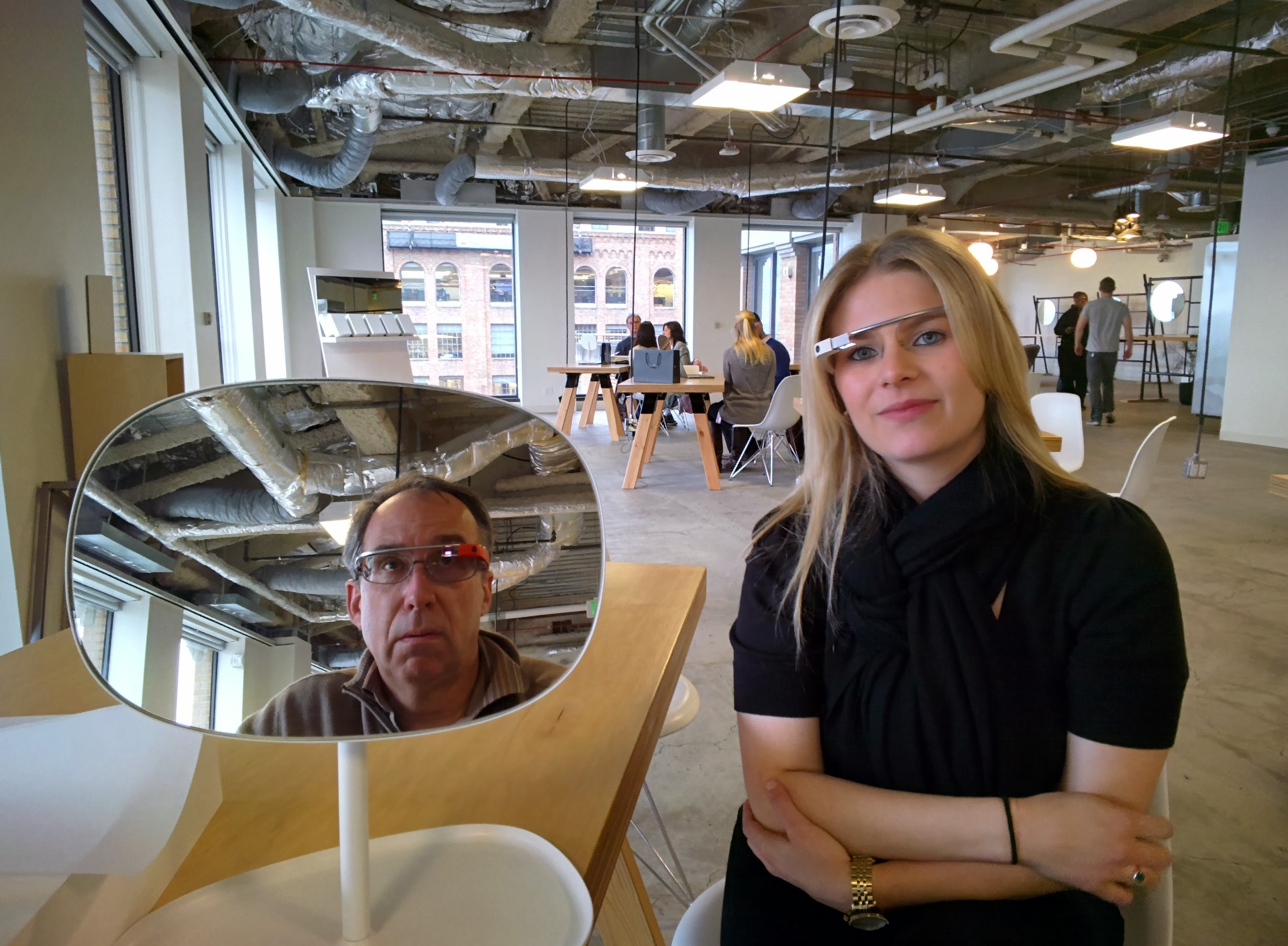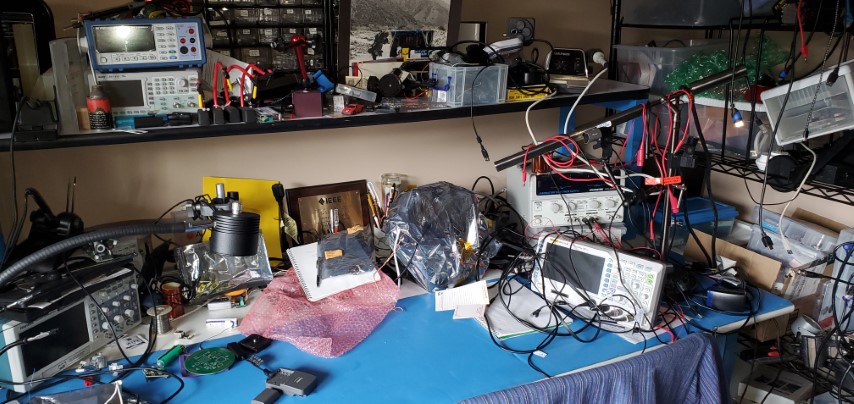
As an engineer who spent over 30 years in the Silicon Valley you are probably not surprised that I have a lot of opinions about technology and the industry. I have seen lots of technical and business successes and failures. The last couple of years I have started blogging, but not with any consistency. I am going to try to do better.

But maybe I need to clean up my lab first.
No patents, no copyrights for the AI
Recently I have been working on an AI augmented TRIZ methodology and toolset. With the recent news of AI patents and copyrights I began to wonder if inventions generated from such a process and toolset be patentable?
AI leads to spiral into depression?
One possible outcome to AI is an economic spiral that results from AI improving company efficiency leading to employee layoffs leading to fewer customers for company products.
Everyone a manager - What does the future of work look like
When i first started working each department had a secretary. They provided typing services, did filing, managed schedules and meetings, and were as essential to a well run department as the manager. With the introduction of personal computers they all went away. And each individual contributor and manager had to take on these responsibilities themselves.
AI assisted Software Development Life Cycle
What should the AI assisted Software Development Life Cycle look like?
AI's Technology Contributions
We are not just seeing a AI technological revolution. There are a variety of near term social, financial, and technological influences and changes.
AI and the Metaverse
The concept of the metaverse, a vast interconnected digital universe that facilitates virtually enhanced physical reality, augmented reality, and internet spaces, is gradually becoming a reality. As we delve deeper into this uncharted territory, artificial intelligence (AI) stands as a cornerstone, enabling innovations that are central to the evolution and functionality of the metaverse. Here, we explore the intersections of AI and the metaverse and how they are shaping the future of digital interaction.
Estimating the Percentage of Labor Savings Through AI for the Average Worker

The End of Moore's Law: A Turning Point for the Semiconductor Industry
What does the end of Moore’s Law mean for the semiconductor industry? This article explores the factors contributing to the end of this long-standing prediction and discusses the potential implications for the semiconductor industry.
AI assisted Software Development Life Cycle
What should the AI assisted Software Development Life Cycle look like?
Factory test and calibration
A common need in any embedded product development project is engineering development, test, and calibration applications. Laser beam scanning products support software needs are even greater than most developments as mirror and laser calibration are essential to safe high performance operation.
Embedded Command Line with Scripting
While not currently a common development approach ZedTech has used a command line / device scripting approach based on the Forth programming language.
Projection Augmented Reality
I worked on developing, manufacturing, and distributing vein visualization tools for over 12 years. So I have talked about the technology a lot. These product are an excellent example of projection augmented reality.
While the story sounds simple, “Having a hard time finding a vein? Use a simple vein visualization tool to help you visualize the veins in your arm.”, it is not as simple as it sounds.
5nm product PCBA
I was curious if there was something interesting happening at the PCBA level of products incorporating 5nm parts. I was looking for evidence of chiplet design planning.
Computer languages
The post I did on the R language made me think about the computer languages that I have liked and those that I haven’t. Thought it might be worthwhile to review what I continue to use.
In defense of the R language
In a meeting I was in yesterday someone apologized for only knowing the R language. While not a classical “great” programming language I explained that it can serve many useful and practical purposes and that there is no reason why one should be apologetic about it as it has some many useful and practical applications.
I thought it might be useful to share some of the applications that I have professionally used R for:
Visualization Latency
I have built a number of visualization products and like other augmented reality products latency is a key design characteristic.
History of Near IR Vein Visualization
Having built a series of vein visualization devices for AccuVein (AV300/AV400/AV500) I thought it would be interesting to share the history of NIR vein visualization. As technologists we usually think we are living in and creating things that are completely new. I thought the story was a good reminder that while we think we are creating new things that we stand on the shoulders of others and that others have gone this way before. Many of the ideas that we are working on have been around for a very long time.
I shared a bit of this story when I received the SPIE Prism award for best medical device of the year for the AccuVein AV400 in 2014. SPIE is the premier international professional society for optics and photonics, so I was very honored to receive this award.
Engineering site relaunches
A couple years ago I decided to start blogging and ended up not being as committed to it as I intended. Not waiting for the new year and restarting this activity.